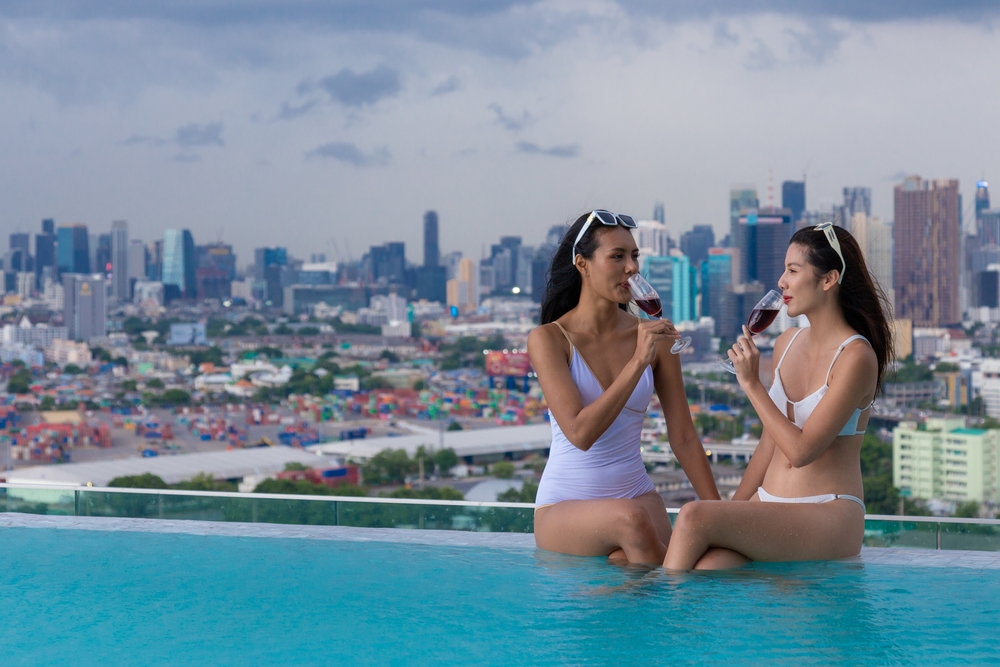Sun safety is a vital aspect of maintaining healthy skin and preventing skin-related diseases. UV radiation can do serious harm and lead to skin-related medical issues.
In this article, we will discuss the medical perspective on sun safety, present relevant statistics and data, and provide useful tips for effective sun protection.
The Medical Perspective on Sun Safety
Skin cancer is one of the most common forms of cancer worldwide, with the World Health Organization (WHO) estimating that 2-3 million cases of non-melanoma and 132,000 cases of melanoma skin cancers occur each year. Prolonged and excessive exposure to the sun’s ultraviolet (UV) radiation is a significant risk factor for developing skin cancer.
Moreover, sun damage can lead to premature aging, including wrinkles, fine lines, and age spots. Medical professionals emphasize the importance of sun safety to protect not only your skin’s appearance but also your overall health.
The Damaging Effects of UV Radiation
There are two primary types of UV radiation that can harm the skin: UVA and UVB. UVA rays penetrate deep into the skin, causing long-term damage like premature aging and DNA mutations. UVB rays, on the other hand, cause sunburns and play a significant role in the development of skin cancer. Both types of radiation can damage the skin’s cellular structure, making sun protection a crucial aspect of skincare.
Sun Safety Strategies
Use Sunscreen
Applying a broad-spectrum sunscreen with an SPF of at least 30 is one of the most effective ways to protect your skin from harmful UV rays. Reapply sunscreen every two hours or immediately after swimming or sweating for optimal protection.
Wear Protective Clothing
Cover up with long-sleeved shirts, wide-brimmed hats, and sunglasses to shield your skin from direct sunlight. Look for clothing with a built-in ultraviolet protection factor (UPF) for added sun safety.
Seek Shade
Stay in the shade, especially during peak sunny hours (10 a.m. to 4 p.m.), when the UV rays are most intense. Avoiding direct sunlight during these hours can significantly reduce your risk of sun damage.
Be Cautious on Cloudy Days
UV radiation can penetrate clouds, so don’t let an overcast day fool you into thinking you don’t need protection. Continue to use sunscreen and other protective measures even when it is cloudy.
Use Sun-Protective Accessories
Carry a portable sun umbrella or invest in a UV-blocking sunshade for your car or outdoor seating area. These accessories can provide additional protection against harmful UV rays.
Check the UV Index
Stay informed about the UV index in your area by checking local weather reports or using a UV index app on your smartphone. When the UV index is high, take extra precautions to protect your skin from sun damage.
Opt for Sunscreen-infused Cosmetics
Choose makeup and skincare products with added SPF protection. This is an easy way to integrate sun protection into your daily beauty routine.
Practice Sun Safety During Outdoor Activities
When engaging in outdoor activities, such as hiking, swimming, or playing sports, make sure to follow sun safety guidelines. Apply sunscreen, wear protective clothing, and take breaks in shaded areas when possible.
Educate Children about Sun Safety
Teach children the importance of sun safety and establish good habits early on. Encourage them to wear hats, sunglasses, and sunscreen, and lead by example.
In Conclusion
Sun safety is an essential part of maintaining healthy skin and reducing the risk of skin cancer. By incorporating protection strategies such as using sunscreen, wearing protective clothing, and seeking shade, you can enjoy the outdoors while minimizing the damaging effects of UV radiation on your skin. Remember, prevention is always better than cure, so make sun safety a priority in your daily routine.












